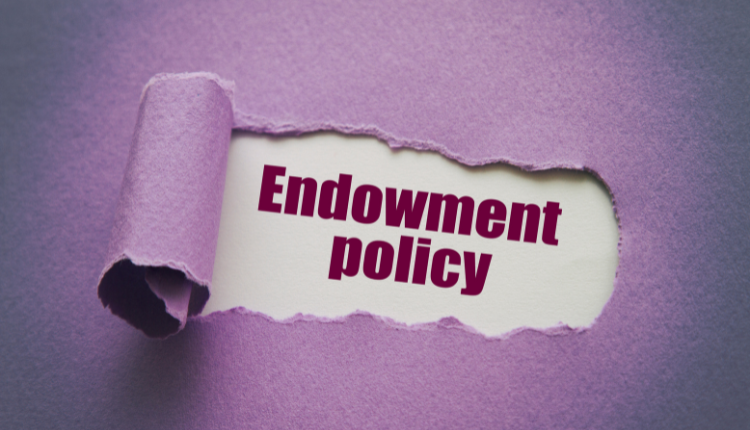
What is the Principle of Proximate Cause?

The principle of proximate cause is a fundamental concept in insurance and legal contexts. It determines the primary cause of a loss or damage in a chain of events. This principle is crucial in deciding the liability of insurers and the compensation for the insured. But what exactly does the principle of proximate cause entail? Let’s explore it in detail.
Table of Contents
Understanding Proximate Cause
Proximate cause refers to the main event that sets off a chain of events resulting in damage or injury. In simple terms, it’s the primary reason for the loss, without which the loss wouldn’t have occurred. Identifying the proximate cause is essential for determining liability in insurance claims and legal disputes.
Key Features of Proximate Cause
- Primary Cause: The main event leading to the loss.
- Chain of Events: It may involve multiple events, but proximate cause is the dominant one.
- Legal Relevance: Used to establish liability and compensation.
Importance in Insurance
In insurance, the principle of proximate cause is vital for processing claims. It helps insurers determine whether a claim is covered under the policy. Let’s see why it’s so important:
Clarity in Claims
By identifying the proximate cause, insurers can clearly decide whether a loss is covered. This eliminates ambiguity and ensures fair processing of claims.
Avoids Multiple Causes Confusion
In many cases, multiple events lead to a loss. Proximate cause helps pinpoint the primary event, avoiding confusion and disputes over coverage.
Legal Compliance
Understanding and applying proximate cause ensures insurers comply with legal standards and principles. This adherence protects both insurers and policyholders.
Examples of Proximate Cause
To better understand the principle, let’s look at a few examples. These scenarios illustrate how proximate cause is determined in different situations:
Natural Disasters
Imagine a storm causes flooding, leading to water damage in your home. The proximate cause here is the storm, as it set off the chain of events leading to the damage.
Vehicle Accidents
If a car hits a tree and causes a fire that damages a nearby house, the proximate cause is the car accident. The accident initiated the events leading to the house damage.
Medical Malpractice
Consider a patient who suffers complications after surgery due to a surgeon’s error. The proximate cause of the complications is the surgical error.
Determining Proximate Cause
Determining proximate cause can be complex, especially in cases with multiple contributing factors. Here are some steps and criteria used to identify the proximate cause:
Direct Connection
There must be a direct connection between the event and the loss. The event should be closely linked to the damage without intervening causes.
Dominant Cause
The event must be the dominant cause of the loss. Even if multiple factors are involved, the proximate cause is the most significant one.
Foreseeability
The event leading to the loss should be foreseeable. If a reasonable person could predict the outcome, it strengthens the identification of the proximate cause.
Proximate Cause vs. Remote Cause
Understanding the difference between proximate cause and remote cause is crucial. While proximate cause is the primary event, remote cause refers to events that are indirectly related to the loss. Here’s a comparison:
Proximate Cause
- Direct Link: Directly causes the loss.
- Dominant: The main cause in the chain of events.
- Foreseeable: Predictable outcome.
Remote Cause
- Indirect Link: Indirectly related to the loss.
- Secondary: A minor or less significant cause.
- Unforeseeable: Less predictable outcome.
Legal Perspectives on Proximate Cause
The principle of proximate cause is also critical in legal contexts. Courts use this principle to determine liability and compensation in various cases. Here’s how it’s applied legally:
Negligence Cases
In negligence cases, proximate cause helps establish whether the defendant’s actions directly led to the plaintiff’s injury. The court examines the chain of events to determine liability.
Contract Disputes
In contract disputes, proximate cause is used to decide if a breach directly caused the loss. This determination affects the damages awarded to the plaintiff.
Tort Law
Tort law frequently relies on proximate cause to assess liability for damages. It ensures that only the parties directly responsible for the loss are held accountable.
Challenges in Applying Proximate Cause
Applying the principle of proximate cause can be challenging due to the complexity of real-life situations. Here are some common challenges:
Multiple Contributing Factors
When multiple factors contribute to a loss, identifying the dominant cause can be difficult. It requires careful analysis and judgment.
Varying Interpretations
Different courts and insurers might interpret proximate cause differently. This variation can lead to inconsistent decisions and outcomes.
Evolving Legal Standards
Legal standards for proximate cause evolve over time, influenced by new cases and judicial interpretations. Keeping up with these changes can be challenging.
Conclusion
The principle of proximate cause plays a vital role in both insurance and legal contexts. It helps determine the primary cause of a loss, ensuring fair processing of claims and liability. Understanding proximate cause is essential for insurers, policyholders, and legal professionals alike. By identifying the dominant event in a chain of events, this principle provides clarity, avoids confusion, and upholds legal standards. Whether dealing with natural disasters, accidents, or negligence cases, proximate cause remains a cornerstone of fair and just decision-making.



















